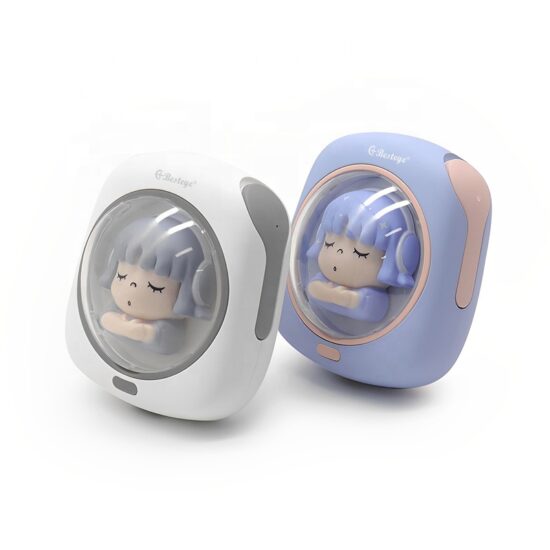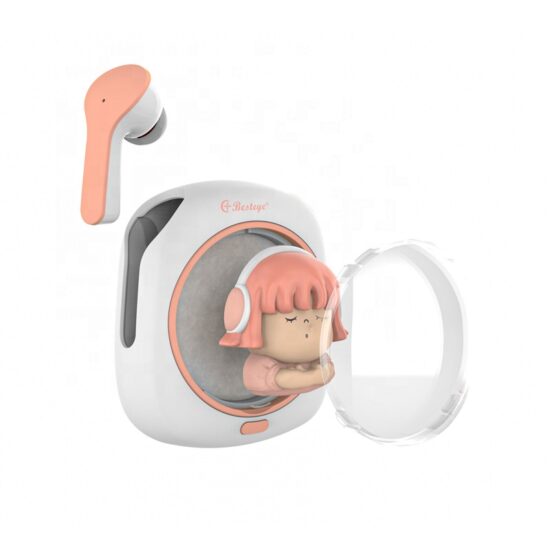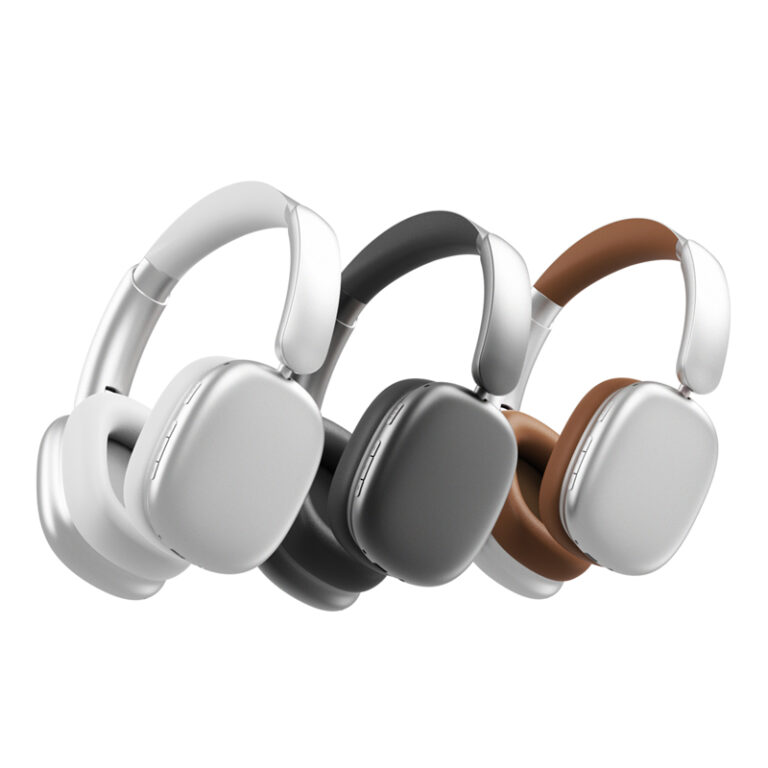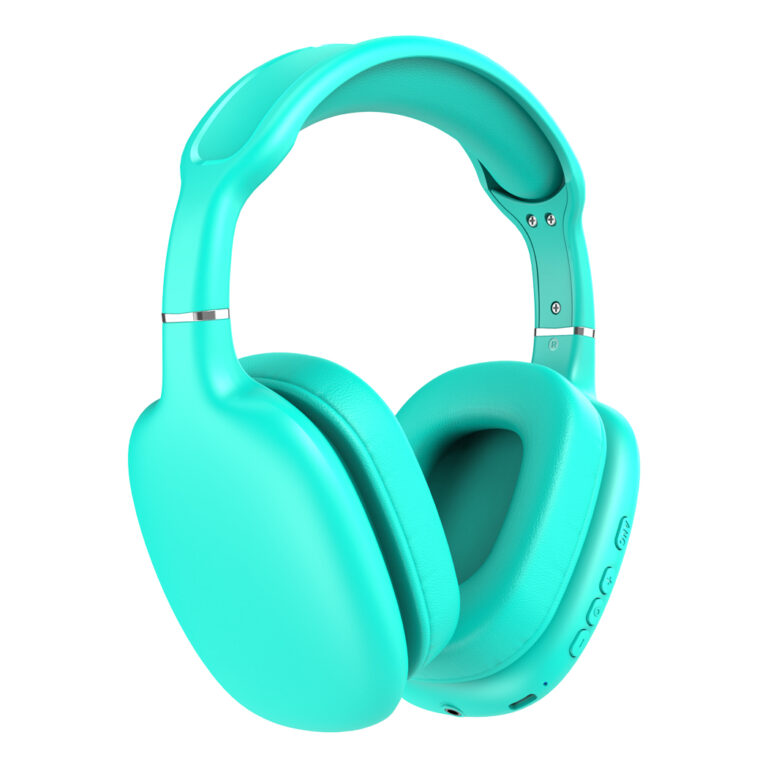jay@nbdho.com
Common Testing Standards and Equipment Used in Top Headphone Factories
High-quality headphones result from rigorous testing processes aligned with international standards and advanced equipment. Top headphone factories invest heavily in both to guarantee that every unit meets performance, durability, and safety requirements. Understanding these common testing standards and tools is crucial for buyers and partners who want to ensure their products maintain consistent quality.
1. International Testing Standards for Headphones
Leading factories follow several globally recognized standards to verify headphone quality and safety. Key standards include:
-
IEC 61938: This is the international standard for electroacoustic performance of headphones. It defines measurement methods for frequency response, total harmonic distortion (THD), sensitivity, and impedance.
-
RoHS (Restriction of Hazardous Substances): Ensures headphones do not contain harmful substances such as lead or mercury beyond regulated limits, promoting environmental safety.
-
CE Certification: Confirms compliance with European safety and electromagnetic compatibility regulations.
-
FCC Certification: Required for wireless headphones sold in the US, ensuring they meet electromagnetic interference limits.
-
ISO 9001: A quality management standard ensuring consistent production processes and continuous improvement.
Compliance with these standards assures buyers that the headphones meet international safety, environmental, and quality benchmarks.
2. Acoustic Testing Equipment
To evaluate sound performance, headphone factories use specialized acoustic testing devices:
-
Head and Torso Simulator (HATS): This sophisticated device mimics the human head and ear anatomy to measure sound pressure levels and frequency response as a real user would perceive them.
-
Audio Analyzers: Instruments like the Audio Precision APx series measure THD, frequency response, impedance, and sensitivity with high accuracy.
-
Microphones and Sound Level Meters: High-fidelity microphones capture sound output, while sound level meters ensure volume levels comply with safety regulations.
These tools help manufacturers fine-tune audio quality and ensure consistent sound across production batches.
3. Durability and Mechanical Testing
Headphones must endure daily wear and tear, so mechanical testing is essential:
-
Cable Flex Testers: Assess the durability of headphone cables by repeatedly bending them to simulate real-world usage.
-
Drop and Impact Testers: Evaluate resistance to accidental drops or impacts to ensure product longevity.
-
Hinge and Headband Fatigue Testers: Simulate repeated opening, closing, and headband stretching to test mechanical robustness.
These tests ensure that headphones remain functional and intact after extended use.
4. Electrical Safety and Battery Testing
For wired and wireless headphones, electrical safety is critical:
-
Insulation Resistance Testers: Verify that electrical insulation prevents shock hazards.
-
Battery Cycle Testers: For wireless headphones, these devices simulate charging and discharging cycles to assess battery life and safety.
-
EMC (Electromagnetic Compatibility) Testers: Measure electromagnetic emissions to ensure devices do not interfere with other electronics.
Adhering to these tests protects consumers and complies with regulatory requirements.
5. Visual and Material Inspection Tools
Visual inspection complements electronic testing to catch cosmetic defects or material inconsistencies:
-
Microscopes and Magnifiers: Identify surface defects, soldering quality, and component placement accuracy.
-
Material Hardness Testers: Assess the durability of plastic and metal parts used in headphone construction.
-
Colorimeters: Ensure consistent color matching for headphone components.
Maintaining visual and material quality supports brand reputation and customer satisfaction.
6. Software and Data Analysis
Modern factories utilize software to collect and analyze test data:
-
Automated Testing Systems: Integrate multiple test instruments for streamlined production line testing.
-
Statistical Process Control (SPC): Tracks manufacturing quality metrics to detect trends and defects early.
-
Remote Monitoring: Enables quality engineers to oversee production and testing in real time, facilitating rapid response to issues.





